The 1960s and 1970s were the best decades for American muscle car manufacturing, however, new models are still being produced today. Driving one of these cars and taking off quickly was everyone’s dream. American automakers were motivated at this period to maximize performance and power, finishing the package with eye-catching sports body designs. During the most successful decades in the history of muscle car manufacturing, these are the quickest American models.
1968 Plymouth Road Runner
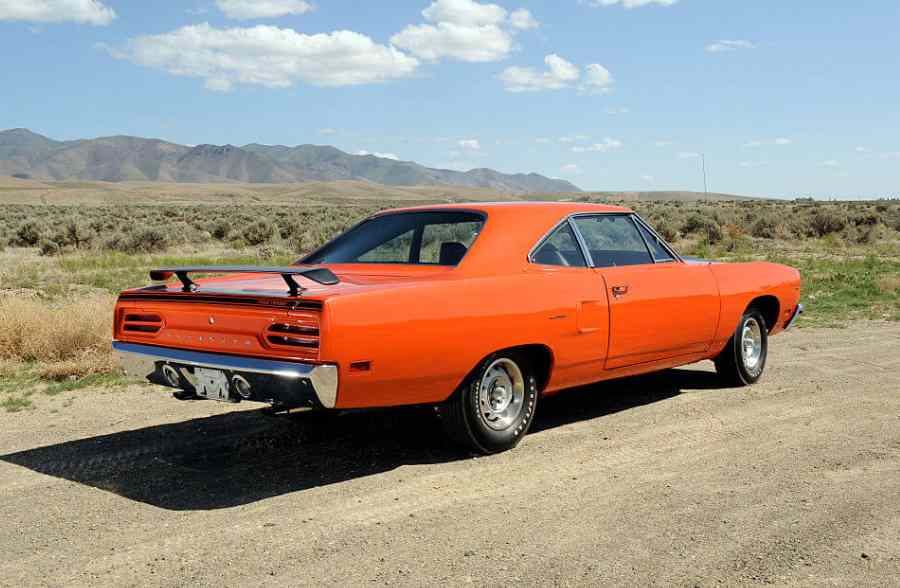
With the abrupt conclusion of the 1960s, Plymouth placed a wager with the firm that muscle vehicles would continue to be popular long into the following decade. They unveiled the Plymouth Road Runner in 1968. It was among the first vehicles of its sort to cater to youthful drivers and quickly gained classic status.
The Road Runner’s deft integration with the same-named cartoon character was helpful. Its $3,000 price tag was probably a major selling factor as well. But this was no joke—it could accelerate to over 140 mph and complete a quarter-mile race in under 14 seconds.
1971 Plymouth Superbird
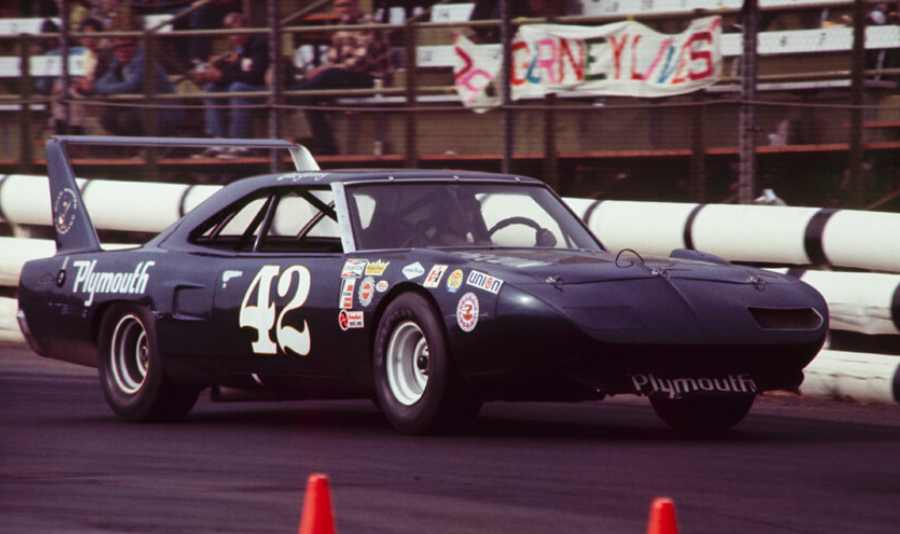
A new muscle vehicle based on the Road Runner design, the Superbird was introduced by Plymouth three years after the Road Runner. Plymouth made the change as part of their attempt to comply with NASCAR regulations. Any muscle vehicle with such features accessible to the general public was considered the best.
Over the past 20 years, the car’s status as a “classic” has solidified. A Superbird was predicted to bring $67,000 at auction in 2001. These days, their usual selling price exceeds $100,000, making them highly desirable vintage muscle vehicles.
1970 Buick GSX
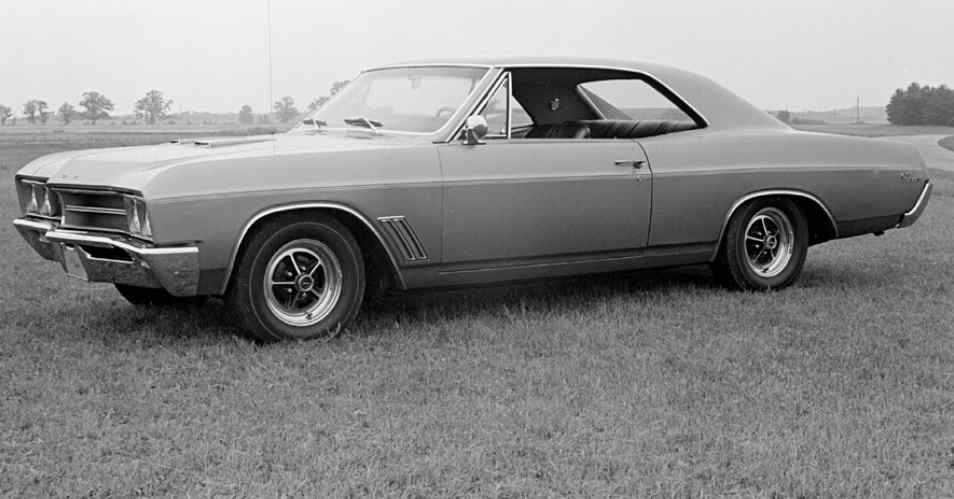
The Buick Grand Sport took five years to gain traction. The first automobile, a more powerful variant of the Skylark, was shown to the public in 1965. The vehicle was renamed the GSX in 1967, although it has remained a niche product.
At last, Buick raised the stakes in 1970 by equipping the GSX with a 7.5-liter engine capable of producing 400 horsepower. 360 horsepower was advertised when it was marketed, and it was available in two colors: “Apollo white” and “Saturn yellow.”
1968 Dodge Charger
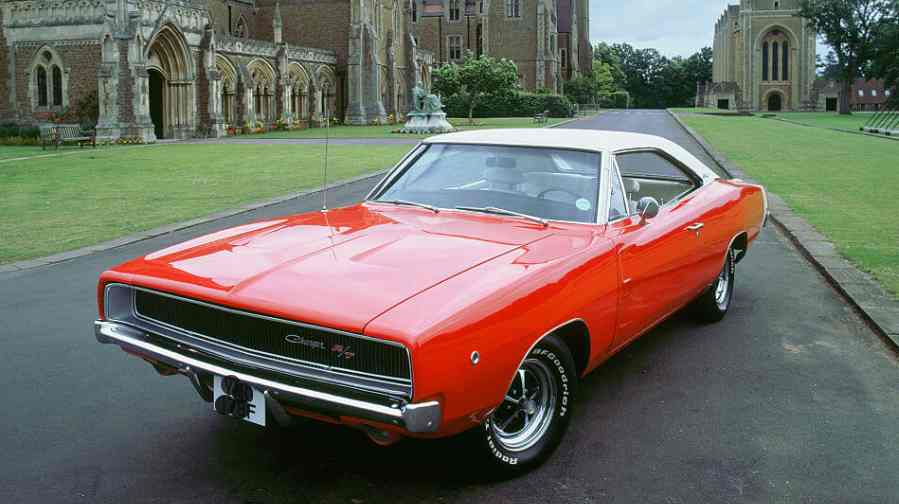
The 1968 or 1969 Dodger Charger is one of the most iconic muscle cars ever, and you’ve probably seen images of it in popular culture. Fans of vintage television will recognize it as The Dukes of Hazzard’s vehicles. For others, it is the vehicle driven by Steve McQueen’s adversary in Bullit.
Most recently, the vehicle has come to be associated with the Fast and Furious movie series as Dominic Toretto’s preferred street racing automobile. It might be time to sell if you’ve kept one of these bad boys hidden in your garage. At auction, they are reportedly valued at $170,000!
1966 Chevrolet Chevelle
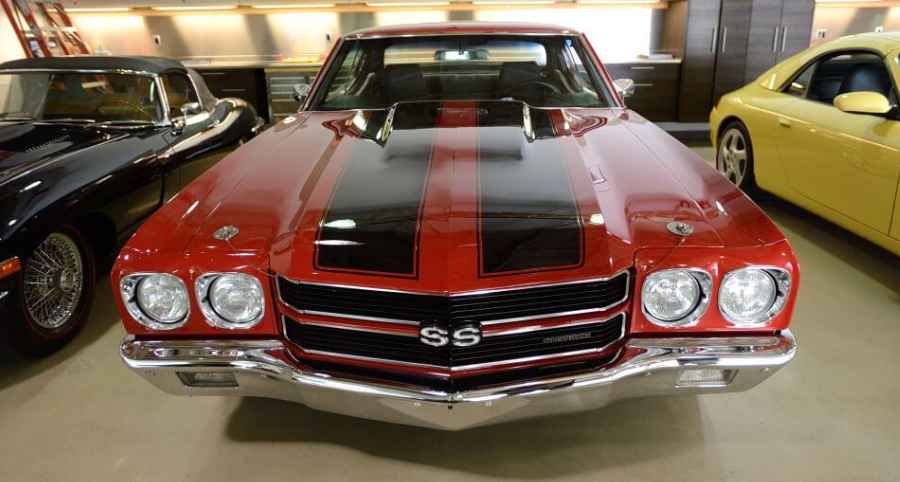
The Chevrolet Chevelle model was made from 1966 until 1970 and was capable of 450 horsepower. Chevy went all-out on this car beauty, which originally started as a “Super Sport” package for their 1961 Impala.
The 1970 model is the most popular, with a 7.4-liter beast that could go zero to sixty in six seconds flat. Chevrolet adorned this one with a fancy interior and an exterior decorated with racing stripes. Yeah, they went there.
1964 Shelby GT King Of The Road
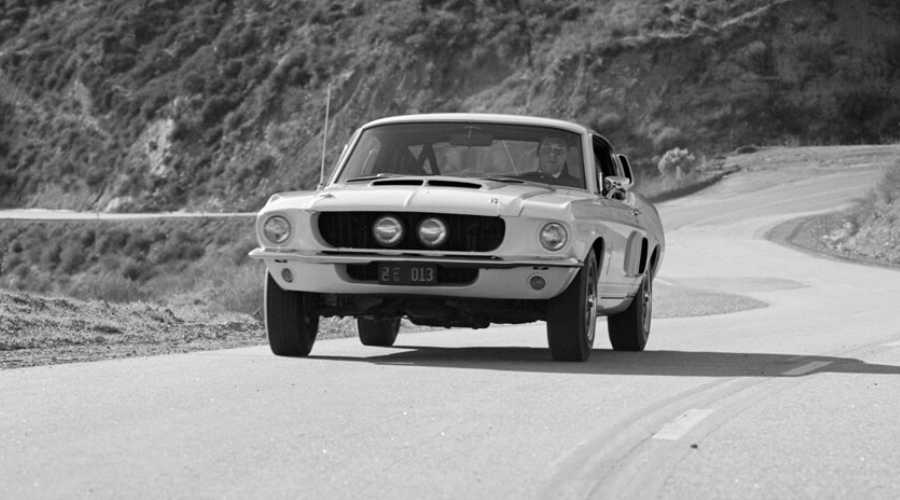
When the first Shelby GT King of the Road (KR) was introduced in 1964, it had a 360 horsepower V-8 engine. This muscle automobile built by AC Cars is regarded as a classic today. Even yet, one unique order brought in $5.5 million.
With a maximum horsepower of 480, one variant of the vehicle, the Shelby Cobra 427, was deemed excessively potent when it was first introduced in 1966. When he couldn’t handle the car’s power and it ended up in a lake, a well-known celebrity even sold his.
1970 Plymouth Barracuda
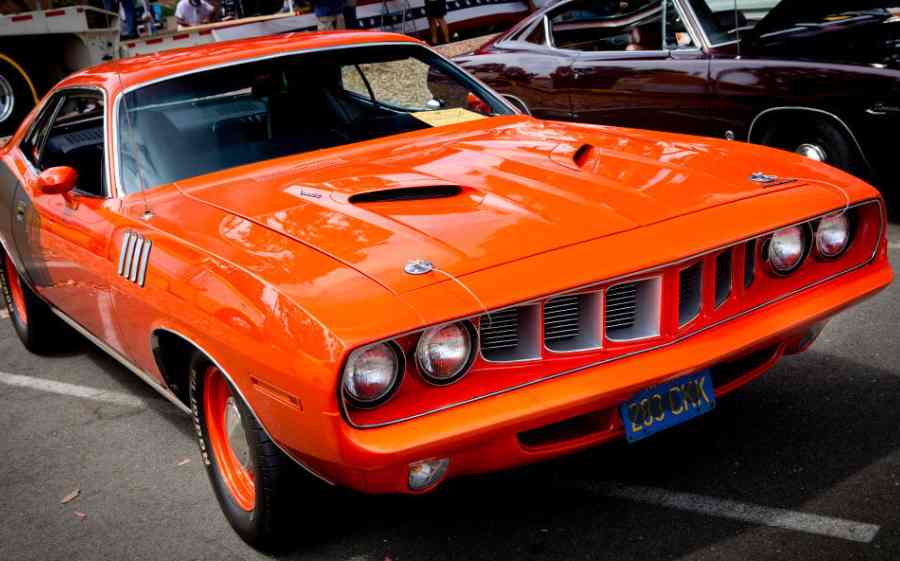
When it was reintroduced in 1970, the Plymouth Barracuda, with its 7.2-liter, 390 horsepower engine, lived up to its frightening moniker. The Hemi-Cuda, a larger variant, was capable of 425 horsepower and 5.6 seconds to sixty miles per hour.
A mint-condition Barracuda is worth a whopping amount these days. A few have even fetched more than $2 million! The restricted quantity of the car being made is the reason for the high price. The market for this machine was constrained by the sharp increase in insurance rates during the time it was manufactured.
1967 Chevrolet Camaro Z-28
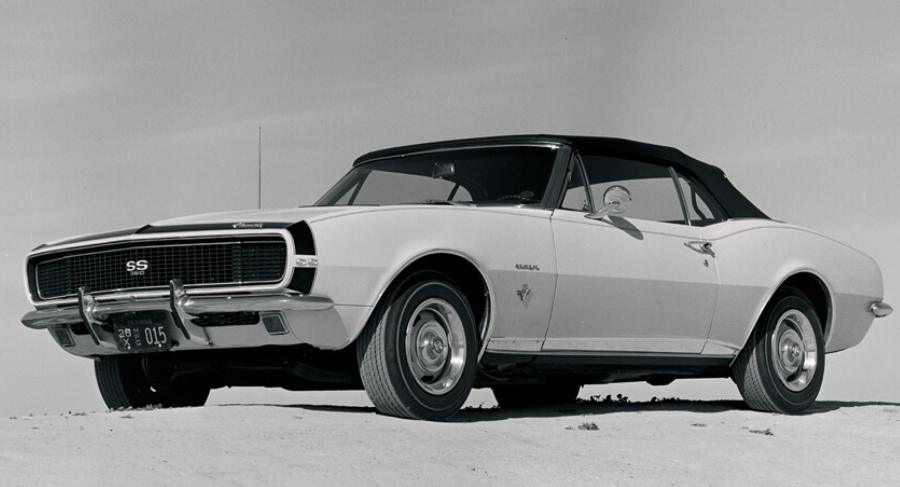
Among the late 1960s Chevrolet Camaro models, the 1967 Chevrolet Camaro Z-28 is regarded as the best. It was designed for racing and came with a manual transmission. Most casual automobile lovers found it too difficult to manage without experience since the brakes were situated in the front.
This vehicle’s standard package had a V-8 engine with 290 horsepower, power steering, and positraction. The Z-28 was the best automobile for those wishing to take out their adversaries on the street.
1978 Pontiac Firebird Trans Am
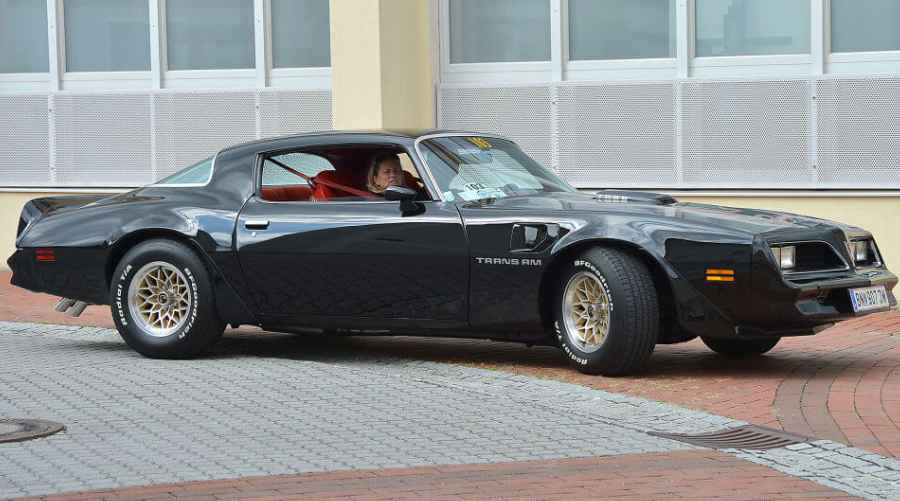
In the late 1970s, Pontiac decided to continue manufacturing muscle cars, and in 1978 they unveiled the Firebird Trans Am, while everyone else was pulling back. To thrill its enthusiast base, Pontiac produced a new special handling package with a sport-tuned suspension and boosted horsepower from 200 to 220.
These cars have Hurst’s renowned T-roof, which debuted in 1976. Pontiac took over the roof component manufacturer after it was found that the lift-off pieces leaked. The Hurst versions are a little bit smaller than the Pontiac version.
1971 Oldsmobile 442
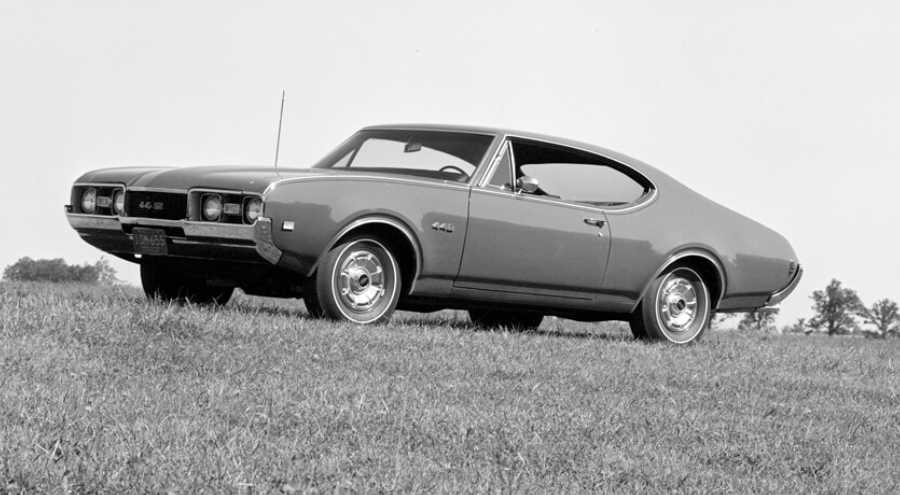
Since it was first released in 1968, the Oldsmobile 442, with its four-barrel, four-speed transmission, and dual exhaust system, has withstood the test of time. Naturally, the vehicle was first offered as an add-on for the Cutlass until 1968. Today’s most favored 442 model among automobile collectors is the 1971 model.
With better springs, this model handled better and completed the quarter-mile sprint in less than fifteen seconds. A contemporary example of one of these classics will set you back around $85,000.
1964 Pontiac GTO
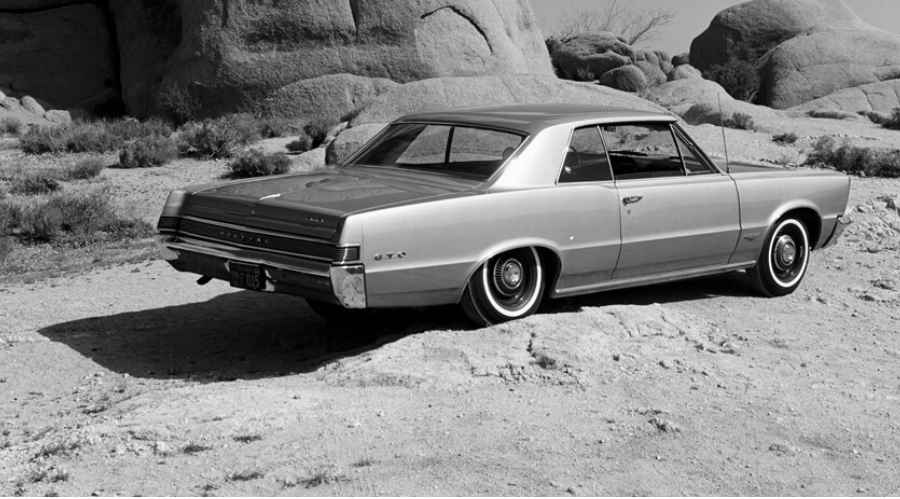
The Pontiac GTO was first released in 1964, but it wasn’t until 1965 that it truly caught people’s attention when it demonstrated a 6.1-second zero-to-60 time. The 1965 model was soon outperformed by other manufacturers, yet to many, it remains the best muscle automobile ever made.
Marketing the vehicle to younger consumers, Pontiac presented it as a quick and affordable replacement for other vehicles of the era. If you can locate one on the market, a modern version of these vintage machines is valued at over $200,000.
1969 Ford Mustang Boss
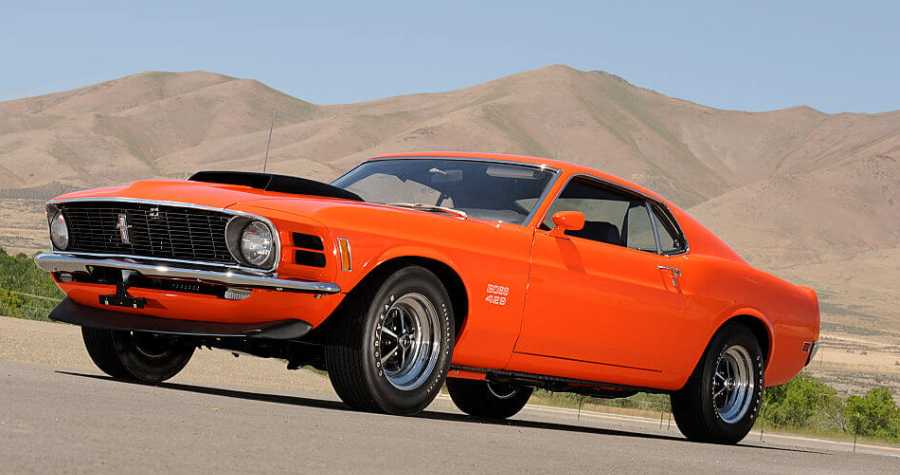
With NASCAR in its golden age, the Ford Motor Company upped its muscle car game with the Mustang Boss. Hiding a 429-cubic inch V-8 under the hood, the muscle car could handle itself on the race track but made its home on the highways.
Ford didn’t compete in NASCAR at the time, but they needed a muscle car on the market that met racing requirements. Plymouth was doing the same with incredible success, so it only made sense for Ford to try. Today, a Mustang Boss will cost you around $200,000 to own.
1965 Pontiac Catalina
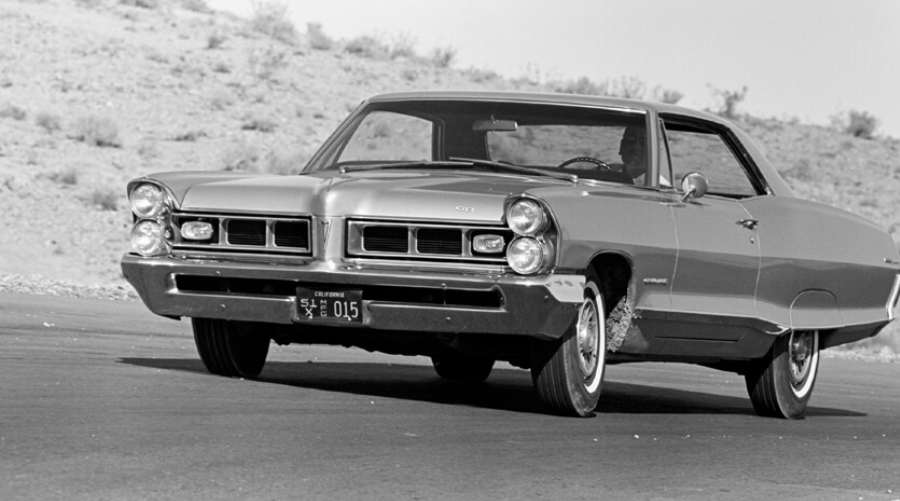
Although some experts consider the Pontiac Tempest to be the first muscle car, the 1965 Catalina had a significant role in defining the early period. A 2+2 performance variant with a 421-cubic-inch V-8 engine producing 338 horsepower powered the big-body Catalina. The horsepower was quickly raised to 376 by switching to a 421 H.O.
Pontiac updated the cars that were given to journalists at Royal Pontiac in Royal Oak, Michigan, to increase excitement about the next model. The automobile could go from zero to sixty miles per hour in 3.8 seconds and complete a quarter-mile race in less than 14 seconds with these improvements.
1969 Dodge Daytona
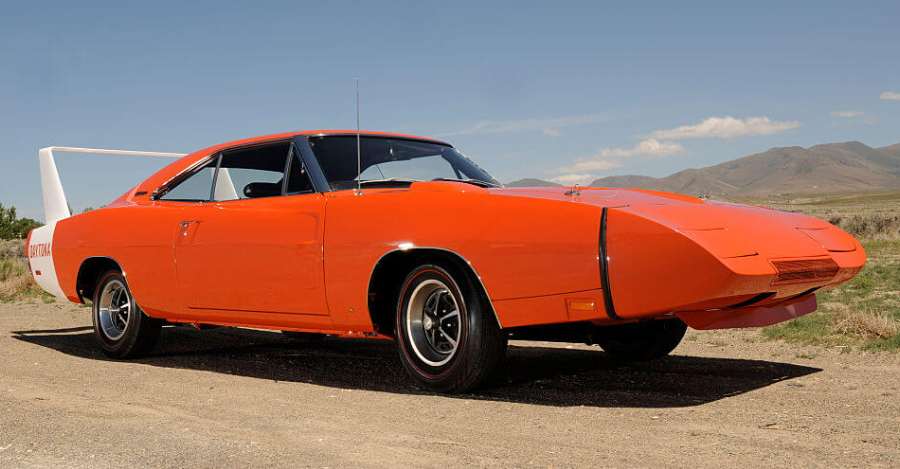
Unlike Plymouth and Ford, Dodge was designing cars to race in NASCAR in the 1960s. In 1969, the company introduced the Charger Daytona, a longer car designed to outrun the competition on the longest tracks. As you can see, it was one of the most radically designed muscle cars ever.
To make the car faster, Dodge added a sloped nose cone, flushed rear window, and an extra long rear wing. The car was so dominant in NASCAR races that it was banned by the organization in 1970!
1968 Chevrolet Corvette
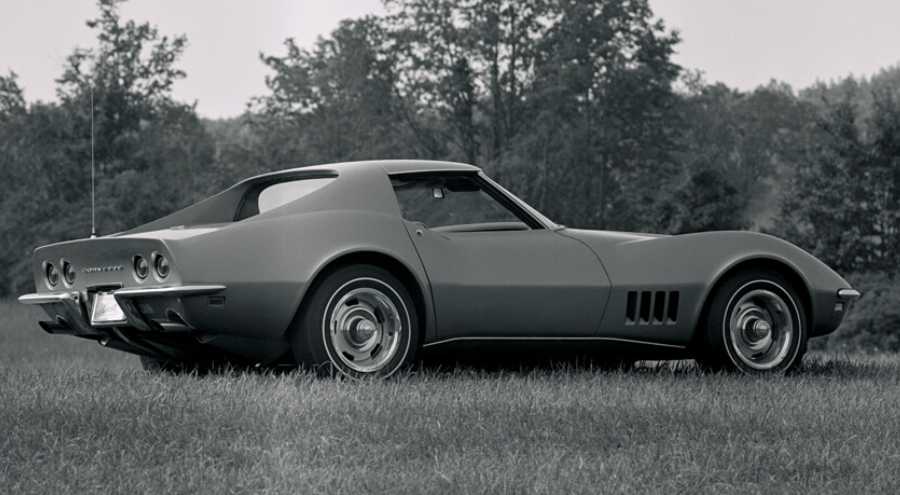
You’ve seen the 1984 Chevrolet Corvette, but now it’s time to talk about its parents. The 1968 Corvette was produced until 1982, one of the longest runs of a body model of any muscle car. The Baldwin-Motion Phase III GT Corvette, released in 1968, was the cream of the crop.
Created by Joel Rosen in Baldwin, New York, the Phase III GT was a taste of the future. The vehicle was given the blessing of Zora Arkus-Duntov, the creator of the Corvette when it was first showcased at the 1969 New York International Car Show.
1965 Ford Mustang Shelby
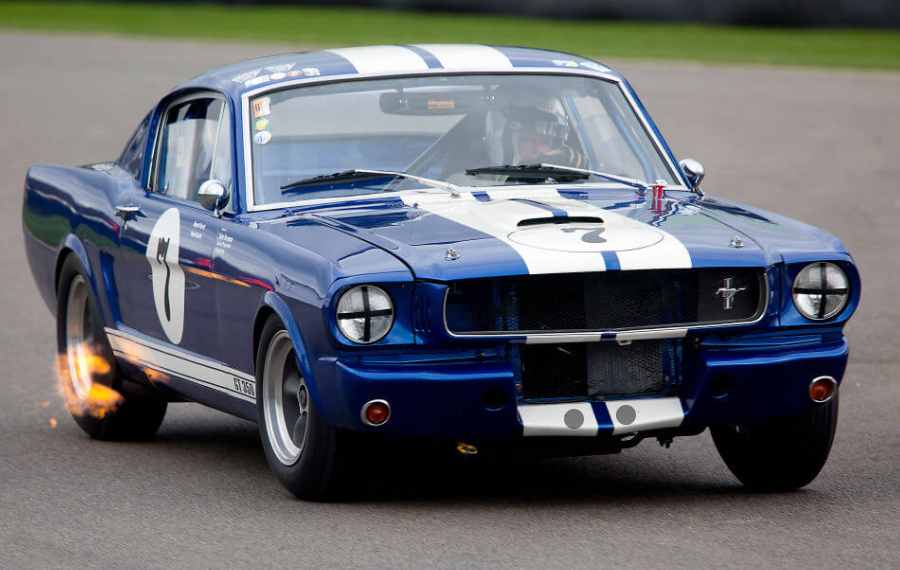
Among the vehicles that enthusiasts of the Ford Mustang Shelby most desire is the 1965 model year. Styled simply, light, and ideal for the track were the ’65 and ’66 GT 350s. Don’t believe this mayhem-causing beast just because the King of the Road model came out a few years later.
Only 28% of the original Shelbys had the recognizable “Le Mans” racing stripe that is now associated with the ’65 model. As requested by the buyer, the dealership applied the majority of the racing stripes.
1970 Ford Torino
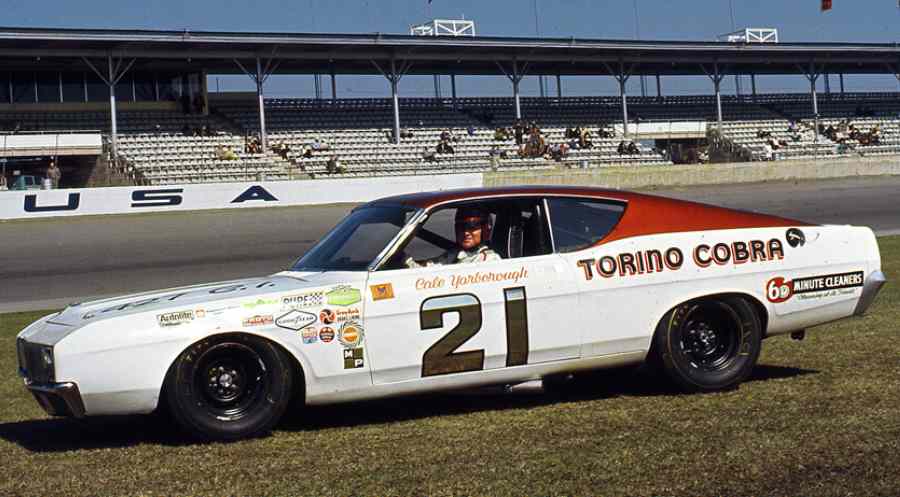
In 1970, Ford introduced the Torino Cobra as an afterthought to their Mustang muscle vehicle. Motor Trend claims, “The vehicle handles tight corners with a controlled, confidence-inspiring slide. Everything is unique and seamless.” This behemoth became an enormous smash thanks in part to the favorable assessment.
Ford released the 429 Super Cobra Jet a year later. With 375 horsepower, this new model was classified as part of the “drag pack” option, which could easily outperform the other competitors.
1970 AMC Rebel Machine
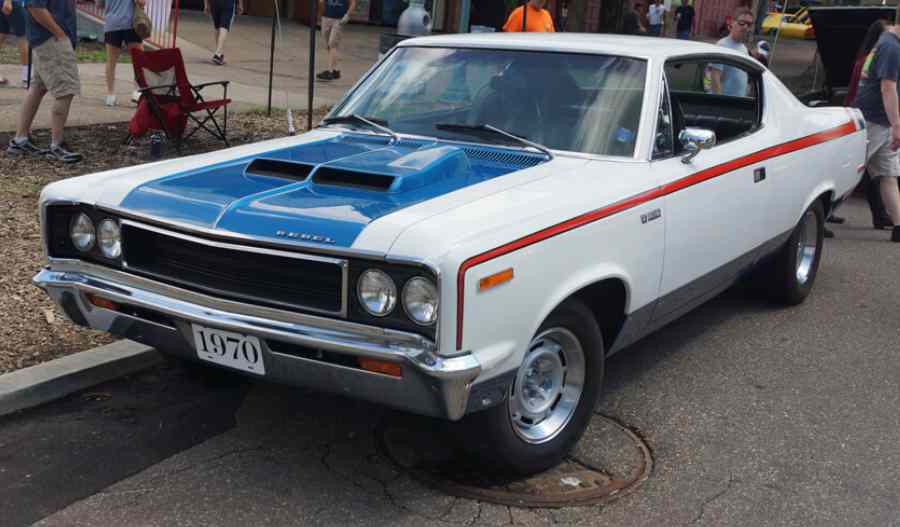
When the American Motor Company transformed the Rebel into the Rebel Machine, it was doing so in an attempt to gain market share in the muscle car segment, much like Ford. The Machine, one of the most patriotic muscle vehicles ever, was first made available in 1970. Take a peek at that paintwork!
The V-6 engine that powered the Rebel Machine produced 340 horsepower. The Machine was initially met with a lackluster response; Hot Rod said it would be superior to a “Volkswagon, a slow freight train, or your old man’s Cadillac.”
1971 Plymouth Road Runner
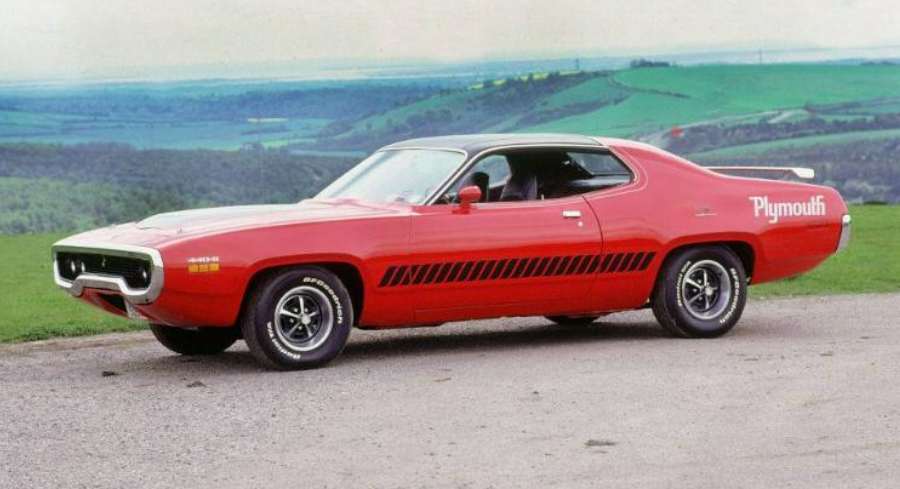
The 1971 Plymouth Road Runner, a second-generation Road Runner vehicle, is comparable to the GTX but costs less. In 1971, Plymouth decided on a more rounded fuselage shape, which was more in line with the remainder of the company’s lineup. The headlamps and grill were more deeply inset. For the 1968–70 versions, the enhanced high-speed handling is the most significant improvement.
This muscle vehicle received accolades for its handling, performance, and comfortable ride. Customers may choose between a 340 and a 383 engine, or a tuned 383 “Road Runner” engine with 8.7:1 compression.
1969 Dodge Dart 440
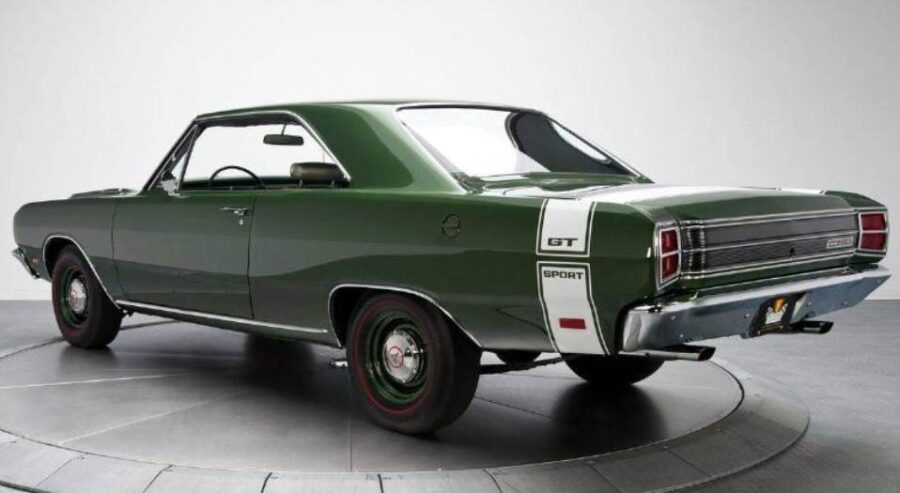
The Dodge Dart 440 was first produced in 1962 and reached its maximum performance in 1969. The Dart 440 was a 2-door or 4-door sedan with a 440 V8 engine producing 145 horsepower.
Muscle car fans who live in colder areas will appreciate the carburetor anti-ice technology on the six-cylinder engine, which allows for four-season drive. The Dodge Dart 440 is the perfect example of everything that defines an American muscle automobile.